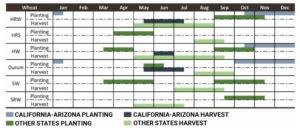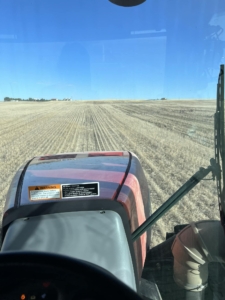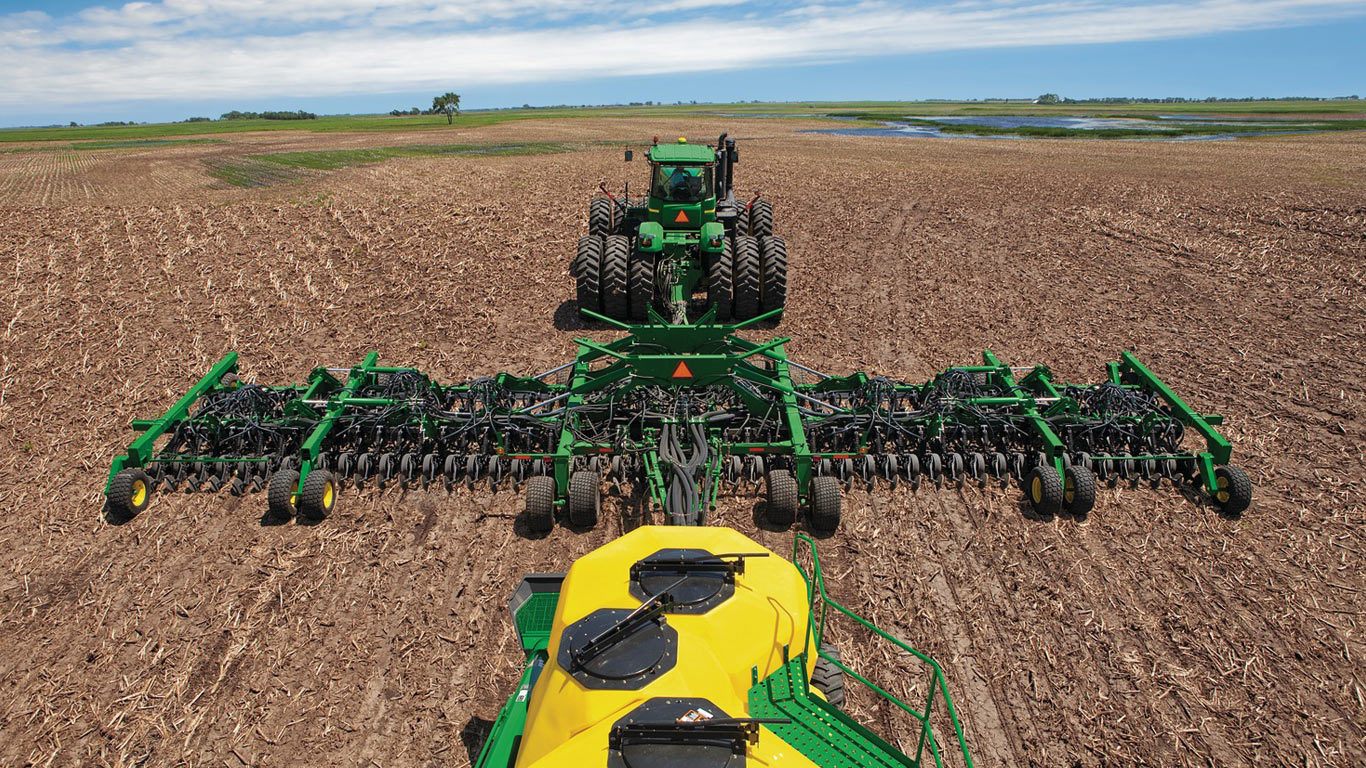Seeds of the New U.S. Winter Wheat Crop Already Sown
It is planting season for U.S. winter wheat growers. Conditions and timing vary by region, but a lot of the 2023 hard red winter (HRW), soft red winter (SRW) and even fall-seeded soft white (SW) area has already been seeded.
Long before farmers select and clean seed from their last crop or purchase certified seed wheat, researchers and breeders have developed new wheat varieties that meet the highest standards of yield and quality across a wide range of end uses at home and across the world.

U.S. Winter Wheat Planting starts in September and can last into early November depending on conditions. Winter wheat must experience a period of significant cold days to signal reproductive growth, a process called vernalization.
In a greenhouse at the Kansas Wheat Innovation Center in Manhattan, Kansas State University wheat breeder Dr. Allen Fritz talked about starting the process of creating wheat varieties.
Looking Back to the Future
“There are facilities like this around the country where people are working to improve varieties for those different regions,” he said. “They are working on specific market classes have different functionalities to be able to make almost any kind of wheat food product.”
Dr. Fritz added that to do that work, breeders are finding new ways to use historic wheat genetics to improve wheat quality and production.
“In some projects, we are reaching back into wild relatives and bringing some of those characteristics to bring healthy, nutritious food to the table and I think [breeders] have a passion to bring that forward.”
Naturally Stronger Gluten
At Oklahoma State University, Wheat Genetics Chair Brett Carver and his colleagues are developing new hard red winter wheat varieties that have better gluten strength to produce higher quality bread products while keeping yields and disease resistance high. With naturally developed dough strength, such new varieties may not need additional gluten, adding value to the U.S. wheat and flour produced from it.
“Simply stated, a truly unique combination of wheat quality in a high-performance wheat variety provides value-capturing opportunities to farmers, millers and bakers,” Dr. Carver recently told the High Plains Journal. “It is important that the genetics are maintained and delivered throughout the supply chain in its purest form. Then consumers will see value through a cleaner label on various wheat food products.”
Planting Stories

This is Denise Conover’s “office” as she seeded hard red winter wheat on her family farm near Broadview, Montana, late in September 2022.
After years of testing and perfecting U.S. winter wheat seeds, planting looks different for every family farm depending on the region, the soil, the wheat class. In the arid conditions in north-central Oregon, for example, each field lies fallow for a year to improve moisture and add organic matter to the soil.
“Then in the fall, at the end of September to the first part of October, we start seeding,” said Logan Padget, a SW wheat grower in Grass Valley, Ore. “We put down our seed and fertilizer together in one pass, one right underneath the other so as soon as that seed starts to grow, it puts roots down, finds the fertilizer and just takes off.”
Near Okarche, Okla., HRW grower and U.S. Wheat Associates (USW) Secretary-Treasurer Michael Peters is seeing very dry conditions for planting. When the time is right, Peters said everything will be done to start the new crop.
Doing What It Takes
“We will start as early as we can in the morning, go late into night,” he said. “Then we may go home at night, and we are loading seed wheat for the next day or adjusting the planter, just to get it into the ground.”
Kyler Millershaski, a young farmer from Lakin, Kan., is fully committed to the work and challenge of growing another hard white and hard red winter wheat crop.
“I would say there is certainly a responsibility and a weight that you feel to not only provide a high-quality product, but enough of it to feed the world. That is why we are really selective in our varieties and make sure the crop has the right fertilizer and nutrients to grow and perform well. That way,” he said with a smile, “we can say we have the best wheat in the world – so buy from us.”


